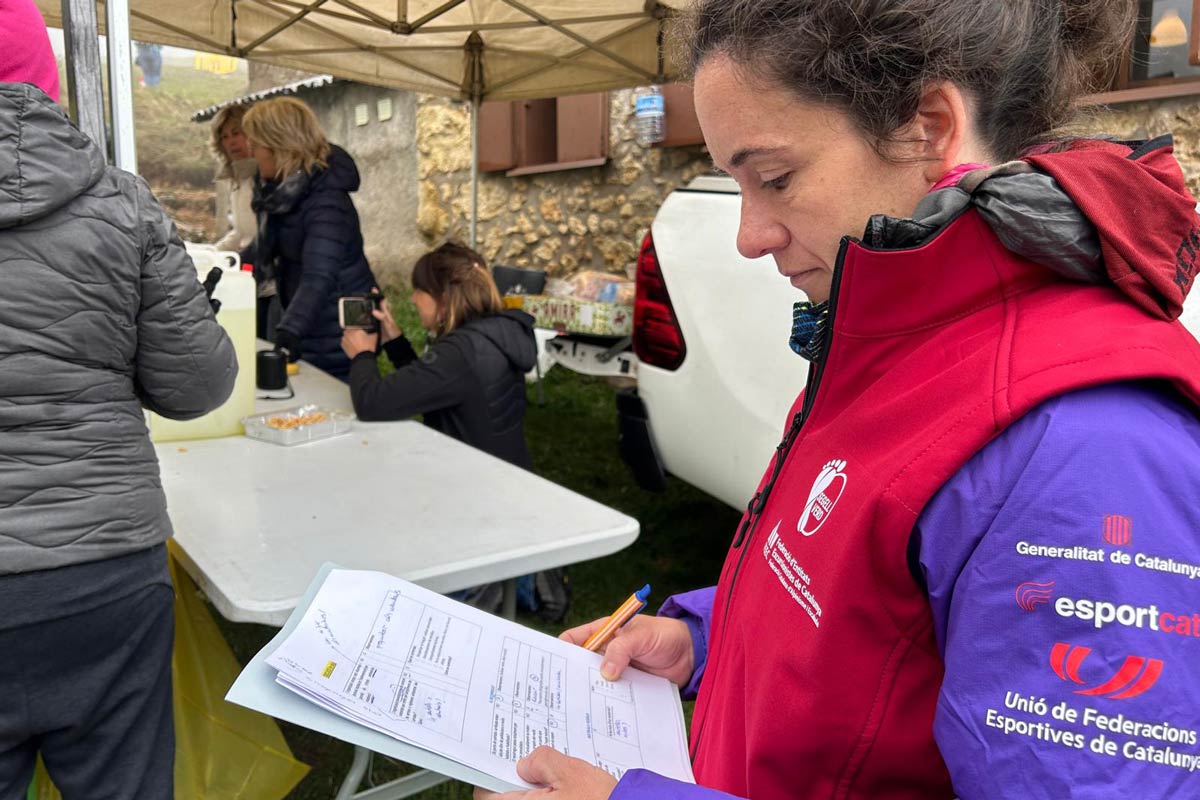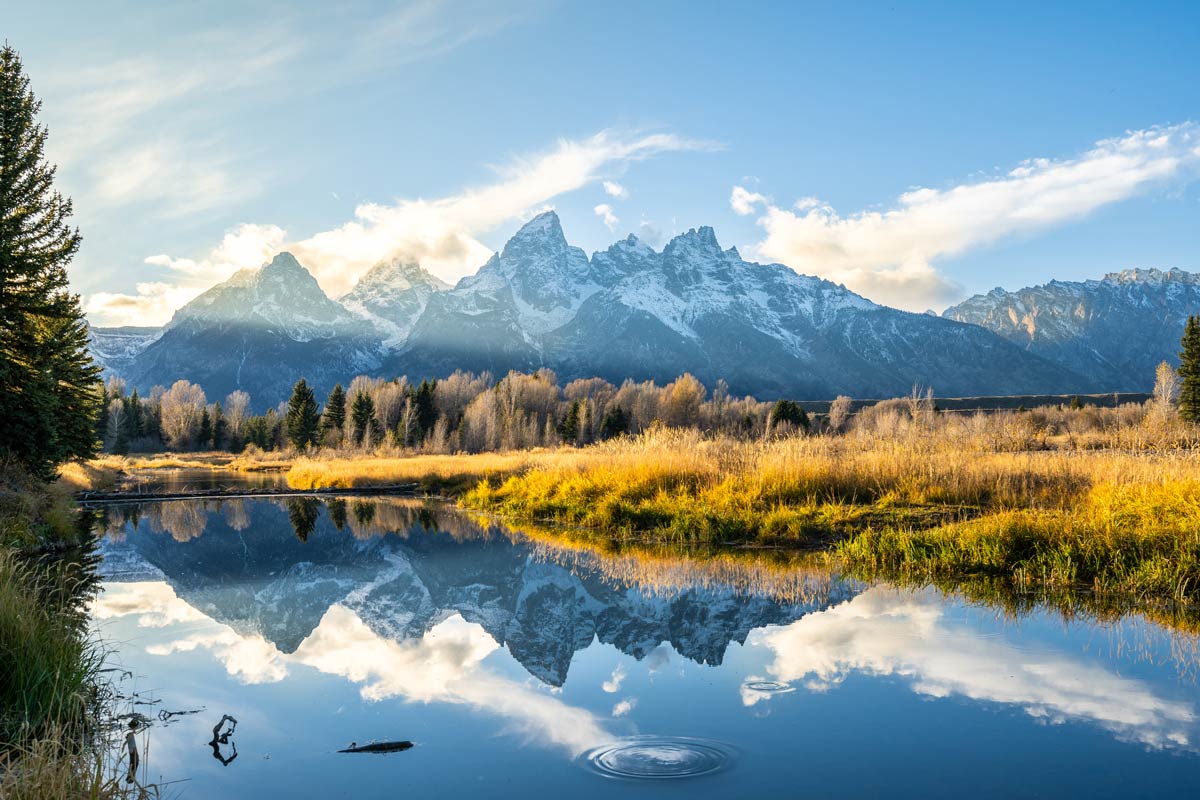The debate over whether to bolt or not to bolt on mountains has been renewed with a new working paper on a controversial issue that often pits sport climbers versus adventure (trad) climbers.
The draft paper which was presented at the UIAA Management Committee meeting in Budapest, Hungary earlier this month is a call to action to create national bolting policies and the need for a UIAA policy statement promoting preservation of natural rock surfaces for adventure climbing.
“Through this draft paper the UIAA has prepared, sport climbing and adventure climbing can find ways to coexist,” said management committee member Doug Scott who pioneered the debate. “We must know where we came from and where the future of climbing is going.”
National bolting policies
Input is also being sought from member federations of the UIAA to advance a discussion that first began with a 2000 UIAA policy paper aptly titled “To Bolt or not to be.” That paper tried to create an acceptable compromise between the preservation of natural rock surfaces for adventure climbers and the bolting of crags & cliffs for sport climbers.
“National Federations without clear bolting policies will be interested to see the ones of British Mountaineering Council (BMC), Federacion Argentina de Ski y Andinismo (FASA) and New Zealand Alpine Club (NZAC) that are comprehensive and can be upheld for other federations looking for a direction,” said Scott. “What we hope is it will be a practical benefit to federations helping themselves and find ways in which UIAA can help them.”
Climbers speak
Among those who have expressed concern on the issue in recent years are Piolets d’Or for Lifetime Achievement winners including Scott , Reinhold Messner and the late Walter Bonatti.
Sir Chris Bonington has added his voice to the debate as well.
“The fundamental difference between “adventure climbing and sport climbing”, quite apart from the removal of risk which is the very essence of the game we play, is that in the former we accept the crag as it is, use our skill and judgment to find a way up it placing our protection in the cracks and crannies that are there and we leave the crag almost in the state that we found it, apart from a few chalk marks and the loss of a bit of grass or lichen,” said Sir Bonington.
“In many ways, it is a metaphor for what mankind is doing throughout our planet, and whether it’s the survival of a way of climbing or of mankind itself, we have to find a reasonable balance between all these issues,” said Sir Bonington. “This is why I strongly endorse this report.”
Alexander Huber has also added his voice saying that basically alpinism and climbing is a sport with a long tradition, strong ethics and high ideals and people went out there to explore the wild nature as the high mountains of the Alps are one of the last refuges of pure nature. He said too much bolting in the last two decades has put that tradition in danger and created bolted highways, like indoor climbing walls, in some popular destinations.
Scott said the work being undertaken by UIAA is a practical step in addressing these concerns.
“In some mountain areas the drill has continued to be used so indiscriminately as to still virtually overwhelm the possibility of climbing traditionally with an adventurous spirit,” states the new paper authored by the UIAA Traditional Values Working Group. “In some countries such as Hungary, all available rock for climbing has been drilled and bolted into sport climbs.”
The paper raises concerns that a small group of climbers armed with cordless drills can have an influence out of all proportion to their numbers in changing the character of a crag in just one weekend of bolting. It also notes that “changes made too fast leave the past behind since the local consensus has no chance to act in time to stem the tide of change.”
“With the advent of the drill and bolt and the surge of interest in sport climbing there is less rock left in its natural state that is suitable for adventure climbing,” the paper warns.
It goes without saying that the issue of bolting for sport climbing versus the preservation of natural rock surfaces for adventure is one that can be controversial.
“The importance of this document is to help to avoid conflict by prompting climbers to organise and make provision for all styles of climbing rather than leaving it to other agencies to sort out disagreements,” the paper states referring to so called “bolt wars” that have broken out on many crags throughout the climbing world.
Road ahead
The creation of a UIAA policy was also debated at a recent Mountaineering Commission meeting in Novi Sad that was hosted by the Mountaineering Association of Serbia and facilitated by commission president Pierre Humblet.
The paper focuses on three kinds of climbing:
Adventure or traditional climbing: The common feature was and is that the “traditional” climbing team leaves no trace of their passage and is thus considered environmentally friendly.
Sport Climbing: Refers to rock climbing characterised by permanently fixed, generally bomb-proof anchor points which are typically a bracket and bolt inserted into a drilled hole and usually glued into place.
Bouldering: Refers to a style of rock climbing usually less than five metres without rope and with just climbing shoes, a chalk bag and a mattress-like crash mat.
The initiatives being proposed to advance discussion include:
· Guidelines developed by the UIAA’s Training Standards Panel to help assist route setters both in traditional/adventure areas or where only sport climbing can exist
· The UIAA will actively look at ways to enable developing countries to obtain self-protection / traditional equipment direct from manufacturers and raise fund to lower such costs
· Encourage federation members to create separate committees to work on the issue
· Create rewards at the annual UIAA General Assembly through Award to the federation most successful in setting aside suitable rocks surfaces for adventure/traditional climbing
The UIAA Traditional Values Working Group is also asking member federations to produce an inventory of their rock environments under the category “natural” or “bolted” to get a more accurate sense of the landscape.
The updated working paper will be posted on the website and distributed at the UIAA General Assembly in October.
For more information, please contact office@theuiaa.org


